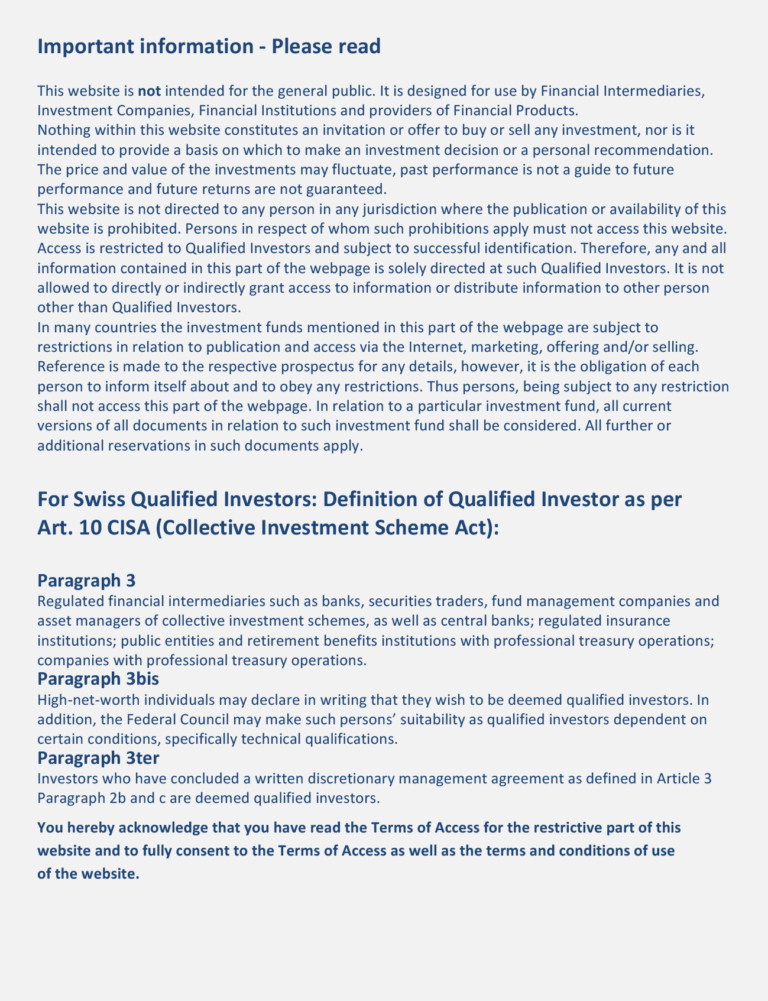The ideal platform for your investment strategy
Frequently Asked Questions & Answers
According to the Swiss Structured Products Association, “structured products are investment products available to the public whose repayment value derives from the development of one or several underlying assets. Underlying assets are investments such as shares, interest, foreign currency or raw materials such as gold, crude oil, copper or sugar. Structured products are a combination of a traditional investment (e.g. bond) and a derivative financial instrument”.
According to art. 5 CISA, structured products may only be offered publicly in or from Switzerland if they are issued, guaranteed or distributed by a Swiss bank, a Swiss regulated insurance company, a Swiss regulated securities dealer or a foreign institution subject to equivalent standards of supervision.
Private placement
An offering of structured products is not deemed to be public (private placement) and, as a result, the rules of art. 5 CISA do not apply, if the products are offered exclusively to qualified investors by means considered usual for this type of business (art. 3 CISO).
Qualified investors are defined in art. 10 para. 3 CISA and consist of regulated financial intermediaries (such as banks, securities dealers and fund management companies), regulated insurance companies, public entities and social security establishments with professional treasury, high net worth individuals (the threshold has been set at 2 million francs “financial investments”), as well as investors who have entered into a discretionary asset management agreement with a regulated financial intermediary as described above.
The manner in which the qualified investors are contacted also plays a crucial role in determining whether private placement is at hand. Indeed, the qualified investors may only be contacted by means considered usual for this type of business.
A simplified prospectus is required in the cases described above in the section regarding public offerings. According to art. 5 para. 2 CISA, the simplified prospectus must describe, in a standard format, the key characteristics of the structured product, its profit and loss prospects as well as the significant risks for investors. The simplified prospectus must be easily understood by the average investor. It must further indicate that the product is neither a collective investment scheme, nor requires an authorization of the regulator.
Term sheets
Term sheets containing only a short summary of the terms and conditions continue to be used as the main marketing instrument for listed products. Al- though the content of the term sheets is not regulated by law, it is nevertheless imperative to ensure that the investor is provided with accurate information and is not being misled, in particular with respect to the risks entailed by the relevant type of investment. It is usual to draw the attention of the investor at least on the specific product-related risks as well as on the issuer risk. Some issuers of both listed and unlisted products are now using the information re- quired in the simplified prospectus also for the term sheets regarding unlisted products. It is likely that this trend will become more and more usual and, in the long term, become the norm.
Do you have any question? Submit it now!


